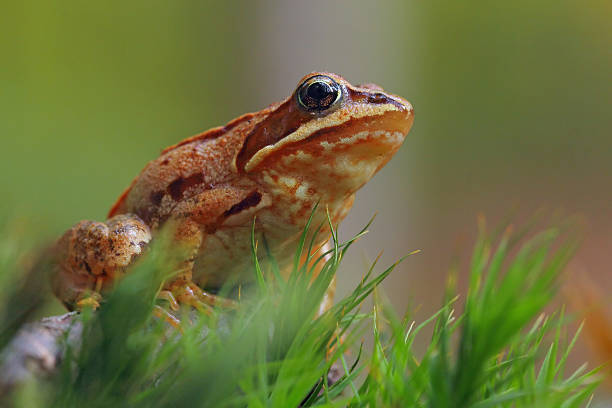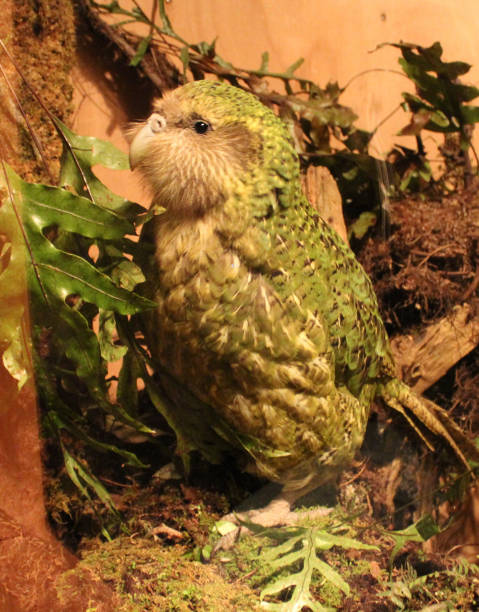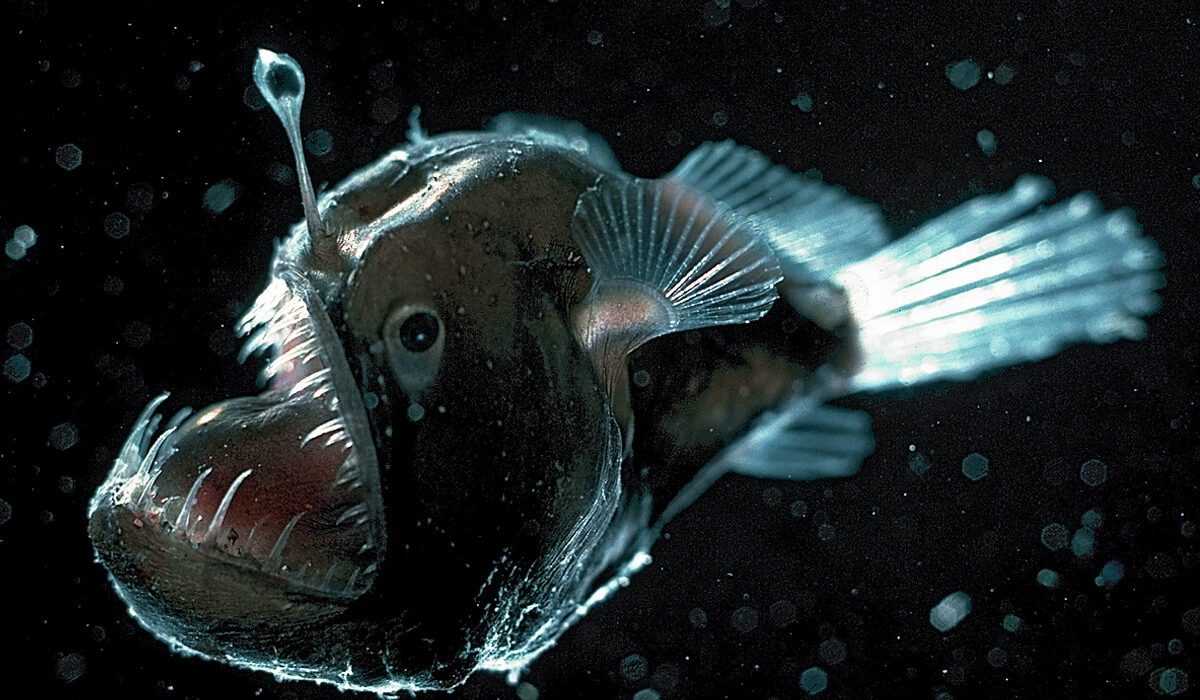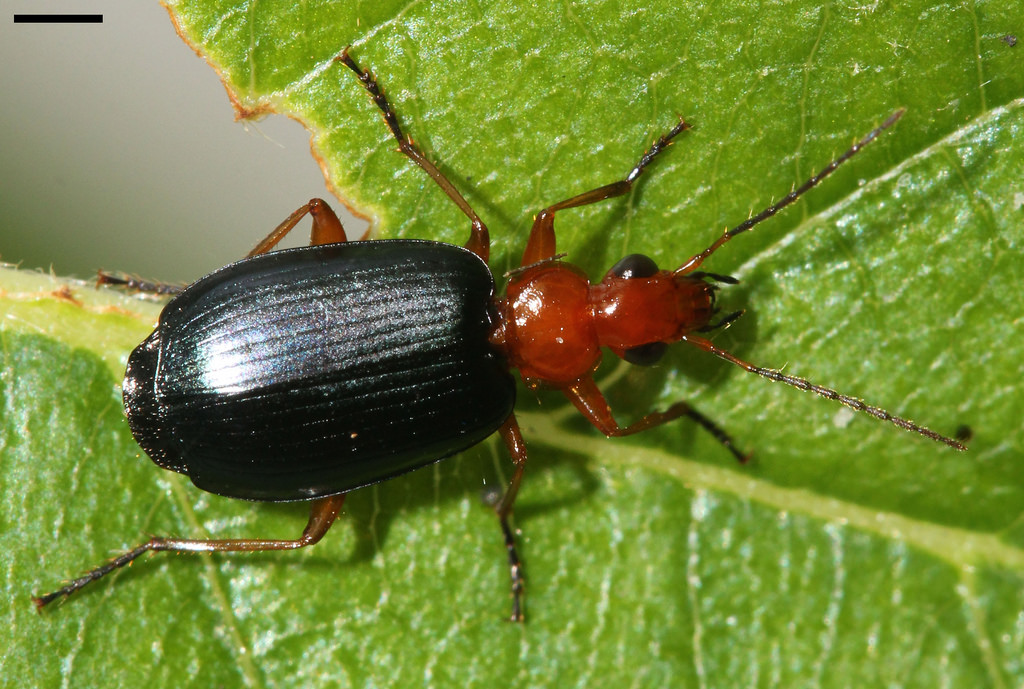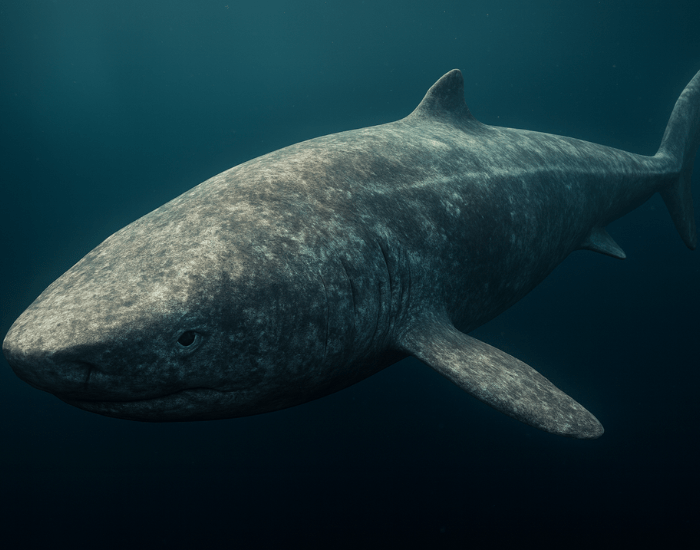If you’ve ever paused beside a pond at dusk and heard the symphony of croaks rise like the earth’s heartbeat, you’ve witnessed one of nature’s most ancient rituals. Frogs, with their wide eyes and soft, elastic bodies, seem simple creatures—yet they hold secrets that continue to astonish scientists.
Across the world’s forests, swamps, and deserts, frogs perform miracles of survival that seem to bend the laws of biology. Some freeze solid in the winter and return to life in spring. Others carry their young inside their bodies in ways that defy imagination. A few glow like neon lights or shrink to the size of a fingernail.
These ten extraordinary frogs remind us that evolution is not a straight path—it’s a story of experimentation, resilience, and wonder. In their tiny, pulsating bodies lies a testament to life’s most creative possibilities.
1. Wood Frog – The Frozen Survivor
In the frozen forests of Alaska and Canada, winter can drop temperatures so low that most creatures must burrow deep underground or migrate south to survive. But the Wood Frog doesn’t run from the cold—it embraces it.
Each winter, this brown-and-black amphibian literally freezes solid. Its heart stops. Its blood ceases to flow. Its brain activity flatlines. By every definition of biology, it should be dead. Yet, when spring arrives, the Wood Frog thaws out, shakes off the frost, and hops away as if nothing happened.
How is this possible? Scientists discovered that the Wood Frog’s liver floods its body with glucose and urea before freezing, acting like antifreeze in a car engine. These substances prevent ice crystals from destroying its cells, allowing it to enter a state of suspended animation.
When the snow melts, its organs restart, and its heart beats again. The Wood Frog teaches us something profound—that death, as we define it, can sometimes be reversed by the patient logic of nature.
2. Surinam Toad – The Living Nursery
Deep in the murky waters of South America, a creature lurks that might seem born from a dream—or a nightmare. The Surinam Toad, flat as a fallen leaf, has one of the most astonishing reproductive strategies in the animal kingdom.
When a female lays her eggs, the male fertilizes them and gently presses each one into the soft skin of her back. Over time, the skin grows around the eggs, forming a living honeycomb of small, pulsing chambers.
Inside each pocket, the tadpoles develop safely until they emerge as fully formed froglets—bursting out of their mother’s skin like something from science fiction. Once they leave, her skin heals, and the cycle begins anew.
Though it may sound unsettling, this unique adaptation offers maximum protection for the young, shielding them from predators and parasites. The Surinam Toad transforms motherhood into an act of physical transformation—an extraordinary union of body and life.
3. Glass Frog – The Transparent Phantom
At night, in the rainforests of Central and South America, the Glass Frog glows faintly green on a leaf, almost invisible against the lush canopy. But flip it over, and you’ll see something astonishing—its transparent belly reveals a beating heart, liver, and digestive system, all visible beneath its skin.
This extraordinary transparency helps it hide from predators by blending into the foliage and reflecting minimal light. But scientists have discovered something even stranger. When the Glass Frog sleeps, it drains almost 90% of its red blood cells into its liver, effectively turning invisible to infrared vision—nature’s own cloaking device.
This unique adaptation allows it to evade predators that sense heat, such as snakes and bats. When the frog wakes, the blood returns to circulation without causing harm—a process that would kill most animals due to clotting.
The Glass Frog reminds us that invisibility is not just fantasy—it’s a reality written in the language of biology.
4. Darwin’s Frog – The Father Who Gives Birth
In the forests of Chile and Argentina, a small, brown frog guards a secret so extraordinary that Charles Darwin himself was amazed when he first discovered it in the 19th century.
After the female Darwin’s Frog lays her eggs, the male takes over parental duty. When the eggs begin to move, he swallows them—not to eat them, but to protect them. The tadpoles continue their development inside his vocal sac, the very pouch he would normally use to croak.
Inside this living nursery, they feed on yolk until they grow legs and lungs. Then, when the time comes, the father opens his mouth, and fully formed froglets leap out into the world.
Sadly, Darwin’s Frog is now critically endangered, threatened by habitat loss and disease. But its story remains one of the most heart-stirring examples of paternal care in nature—a father literally giving voice to the next generation.
5. Titicaca Water Frog – The Frog That Breathes Through Its Skin
High in the Andes Mountains, more than 12,000 feet above sea level, lies Lake Titicaca—the highest navigable lake in the world. Its icy waters are home to a creature so unique that it has been called “the frog that wears too much skin.”
The Titicaca Water Frog has loose, folded skin that hangs like ruffles, giving it a wrinkled, almost comical appearance. But this excess skin serves a life-saving purpose: it allows the frog to breathe entirely through its skin.
At such high altitudes, oxygen levels are low, and most amphibians would struggle to survive. But by increasing its skin’s surface area, the Titicaca Water Frog can absorb more oxygen directly from the water.
Local people once nicknamed it “the aquatic bag of lungs,” and in Incan times, it was considered sacred. Today, scientists study it to understand how animals adapt to extreme environments—a living proof of nature’s ability to rewrite the rules of survival.
6. Poison Dart Frog – The Deadly Jewel
Few creatures embody beauty and danger as perfectly as the Poison Dart Frog. Found across Central and South America, these tiny amphibians shimmer in brilliant hues of blue, yellow, orange, and red—warning colors that shout, “Don’t touch me!”
And with good reason. A single Golden Poison Frog carries enough toxin to kill 10 adult humans. The chemical, called batrachotoxin, disrupts nerve function and stops the heart almost instantly. Indigenous hunters once used it to tip their blow darts—hence the frog’s name.
What’s even more fascinating is that these frogs don’t produce the poison themselves. They obtain it from their diet of ants, mites, and beetles, concentrating the toxins within their skin. When raised in captivity without these insects, they lose their deadly power entirely.
The Poison Dart Frog proves that nature’s weapons are often borrowed and refined—a partnership between predator, prey, and chemistry that has evolved into lethal perfection.
7. Desert Rain Frog – The Squeaky Survivor
Along the dry coastlines of Namibia and South Africa lives a frog that seems almost like a cartoon come to life—the Desert Rain Frog. With its round body, tiny limbs, and perpetually grumpy face, it looks more like a plush toy than a predator. But don’t be fooled—this little creature is a master of adaptation.
Unlike most frogs, it never enters water. Instead, it lives its entire life in the sand, burrowing deep to avoid the scorching sun. At night, it emerges to feed on insects, and if threatened, it emits one of the most unexpected defense mechanisms in nature—a high-pitched squeak that sounds eerily like a squeaky toy.
This strange noise, combined with its fierce posture, often startles predators long enough for the frog to escape.
Its translucent belly reveals internal organs, and its skin absorbs moisture directly from the humid coastal fog—a brilliant adaptation for life in an almost waterless world.
8. Goliath Frog – The Titan of Amphibians
If frogs were measured by grandeur, the Goliath Frog of Cameroon and Equatorial Guinea would reign supreme. This colossal amphibian can grow over a foot long and weigh as much as a small cat.
Despite its size, the Goliath Frog is gentle and shy. It builds complex nests of rocks and vegetation along riverbanks, where it carefully guards its eggs. Males even move stones—some weighing more than their own bodies—to protect their offspring from the rushing water.
What’s remarkable is that this giant doesn’t croak. Its immense body has evolved for strength and silence, relying instead on deep vibrations and behavior to communicate.
Sadly, the Goliath Frog faces threats from habitat destruction and overhunting. Yet, it remains a living relic of evolution’s grand scale—a reminder that even in the quiet corners of the rainforest, giants still leap.
9. Turtle Frog – The Underground Oddity
In the arid regions of Western Australia lives a creature that looks like it wandered out of another era—the Turtle Frog. With its squat body, stubby limbs, and turtle-like head, it’s one of the strangest frogs on Earth.
Unlike most frogs, the Turtle Frog doesn’t start life as a tadpole. It skips the aquatic stage entirely. The female lays her eggs underground, and when they hatch, tiny froglets emerge—fully formed and ready to burrow.
This radical adaptation allows it to thrive in environments where standing water is rare. The Turtle Frog feeds on termites, using powerful limbs to dig deep into the sandy soil.
Its shape—unlike any other frog—shows how evolution molds bodies to fit function. In the dry, silent world beneath the Australian desert, this bizarre amphibian has carved out a secret, resilient existence.
10. Harlequin Toad – The Vanishing Treasure
The Harlequin Toad, found in the tropical forests of Central and South America, is one of nature’s most exquisite creations. With its vibrant patchwork of colors—green, orange, black, and yellow—it seems painted by an artist’s hand.
But behind its beauty lies tragedy. Over the past decades, over 80% of Harlequin Toad species have vanished, victims of habitat loss and a deadly fungal disease known as chytridiomycosis. For years, scientists feared that some species were lost forever.
Then, miraculously, rediscoveries began. In remote valleys and misty forests, small populations reappeared—living survivors of what was thought to be extinction.
Harlequin Toads are vital indicators of environmental health, and their reemergence offers hope not only for amphibians but for all endangered life. Their story is one of resilience, beauty, and the quiet persistence of survival against all odds.
The Science of Defiance
What allows frogs to perform such miracles? The answer lies in their biology. Frogs are amphibians, creatures that bridge two worlds—water and land, old and new. Their porous skin lets them breathe and absorb water. Their bodies are extraordinarily flexible in metabolism and physiology.
Scientists study frogs to understand freezing resistance, tissue regeneration, and even potential medical breakthroughs. The Wood Frog’s antifreeze mechanism could inspire human cryopreservation. The Glass Frog’s blood regulation might reveal clues to preventing blood clots. Even the Poison Dart Frog’s toxins hold promise for painkillers more powerful than morphine.
Frogs, in their small and humble forms, are nature’s laboratories—testing the boundaries of what life can endure and invent.
The Fragile Future of Frogs
Yet, as wondrous as they are, frogs are among the most endangered creatures on Earth. Climate change, pollution, deforestation, and disease have pushed hundreds of species to extinction in just the past half-century. Their delicate skin, once a symbol of adaptation, now makes them vulnerable to environmental toxins.
But every rediscovery—a frog thought gone returning to life—reminds us that nature, when given a chance, can heal. Conservation efforts across the globe are reviving wetlands, breeding endangered species, and restoring habitats where frogs once sang under the stars.
The Leap Beyond Logic
To study frogs is to confront the boundaries of what we believe is possible. They can freeze without dying, breathe without lungs, and give birth through the mouth or skin. They are masters of transformation, their lives a symphony of metamorphosis and adaptation.
Frogs defy the rules of nature not by breaking them, but by revealing that life itself writes its own rules.
Their croaks echo from ponds and rainforests, from frozen tundra to desert sand—a chorus of persistence, creativity, and life’s endless will to survive. In every leap, there is a lesson: that even the smallest creatures can carry the greatest miracles.
The world of frogs is a mirror to our own—a reflection of life’s fragility and power, its mystery and grace. And as long as they continue to leap and sing, the story of nature remains gloriously, defiantly alive.
